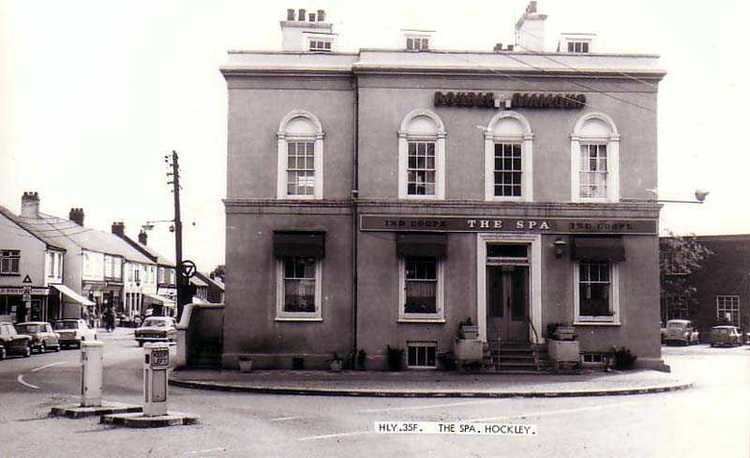Population 9,616 (2011) Civil parish Hockley Local time Monday 4:59 AM Dialling code 01702 | OS grid reference TQ826924 Sovereign state United Kingdom | |
 | ||
Weather 7°C, Wind NW at 18 km/h, 80% Humidity | ||
Hockley is a large village and civil parish in Essex, England located between Chelmsford and Southend-on-Sea. More specifically it lies between Rayleigh and Rochford. It came to prominence during the coming of the railway in the 1890s and at the 2001 census had a population of 13,616 people, reducing to 9,616 at the 2011 Census, many of whom commute to London. The parish of Hockley itself has a population of 8,909 (2001 census), while the urban area runs into the neighbouring parish of Hawkwell. Hockley railway station serves the village.
Contents
Map of Hockley, UK
History
Hockley is an Anglo Saxon word meaning a small hill and today there is still a large wooded area named Hockley woods. Notable buildings in the village include the church of St Peter and Paul, which has a nave which was possibly built before the twelfth century, a thirteenth-century chancel and a fourteenth-century tower, the upper half of which is octagonal and was built at a later date. The tower holds three bells, manufactured by Miles Gray in 1626, by James Bartlett in 1684 and by John Hodgson in 1657, and the building is Grade II* listed. The church is situated to the north-west of the village centre, where a grade II listed Victorian pump room is situated. The building was built as a spa to a design by John Lockyer in 1842, after Robert Clay found a medicinal spring in 1838. It was subsequently used as a Baptist chapel, and now houses a factory. Hockley is also the site of the former Bullwood Hall prison which closed in 2013.
Hockley is also home of a burial mound, Plumberow Mount, which was excavated in 1913, by Mr. E. B. Francis. At the time, there was a summer house on the top of the mound, and so trenches were cut on three sides. The excavation found a Roman coin of Domitian and some Saxon pottery which may indicate a secondary burial. The oval mound is 14 feet (4.3 m) high, and 76 feet (23 m) in diameter, with a flattened top, where the summerhouse was located. Since 2005, the mound has been surrounded by a metal fence to protect it from erosion, and a number of trees which were growing on or near it were cut down at the same time.
Governance
Hockley is split into three wards.
Culture and community
Hockley also has its own football club, Hockley United F.C. who compete in the Sceptre Sunday League.
The Hockley Massive Project is a youth club started in 2010. The club entered one of their members (Josh Copeland) into the Essex Boys and Girls Clubs Table-Tennis Finals, which took place at Ingatestone Boys' Own Club in February 2011. He came away as the overall winner of the under-19 boys group, and progressed into the table tennis finals, held in Cheshire later in the year.
Hockley has three pubs, The Bull, The White Hart and The Spa.
There is also the Hockley Lawn Tennis club, located down Folly Lane.
Hockley Woods plays host to the Hockley Woods Parkrun, attracting over 100 runners each week.
